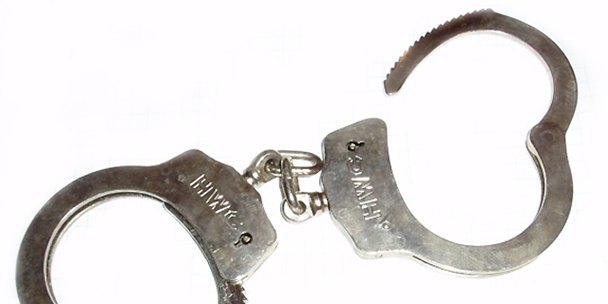A leading safety charity has called for more stringent drink and drug driving laws in Scotland following a Courier investigation which has unveiled the extent of the problem in Angus.
Kevin Clinton, head of road safety at the Royal Society for the Prevention of Accidents (RoSPA), was speaking after figures from Tayside Police revealed over 400 individuals in the area have been caught driving while under the influence of various substances since 2008.
The majority of those charged were stopped by police while over the legal alcohol limit, including one driver who was aged just 15.
However, Mr Clinton insisted that drug driving was becoming an increasing concern to road safety campaigners and called for “more effective” methods of testing for illegal substances in order to crack down on the problem.
At present specially trained officers must carry out preliminary tests on drivers they believe to be unfit to drive due to having taken drugs.
A series of examinations, including a balance test and a counting test, are used to determine whether the officer believes the driver is impaired through having taken certain substances.
If drivers are believed to be guilty they will be requested to report to a police station for a medical examination and a blood sample may then be sent for testing.
However, Mr Clinton believes the length of the process may skew the results and roadside testing could act as a “greater deterrent” to potential drug drivers.
He said, “RoSPA believes that the only way to emulate the success we have had against drink driving is to implement a practical and effective system for detecting, charging and convicting drivers who are driving while impaired through drugs.Absolute ban”An absolute ban would be best, so the law does not set a legal level of use for drugs that are illegal in the first place.”
Mr Clinton also called for the legal limit of 80mg of alcohol per 100ml of blood to be lowered to 50mg, in line with Scottish Government recommendations.
He added, “Despite 30 years of drink-drive education and enforcement, around 100,000 people are still caught drink driving annually, and eight people die in drink-drive accidents every week.
“The current limit was based on evidence that the likelihood of a road accident rises sharply at and above that level. However, the evidence also showed that most drivers are impaired and their risk increases below this limit.”
A Tayside Police spokesman said it was “encouraging” that the number of those charged with such offences appeared to be declining slightly on a yearly basis. In 2008 the figure was 197, which fell to 156 by 2009.
The most up-to-date figures for 2010 show 85 drivers have been charged after having driven while under the influence of alcohol or drugs.
